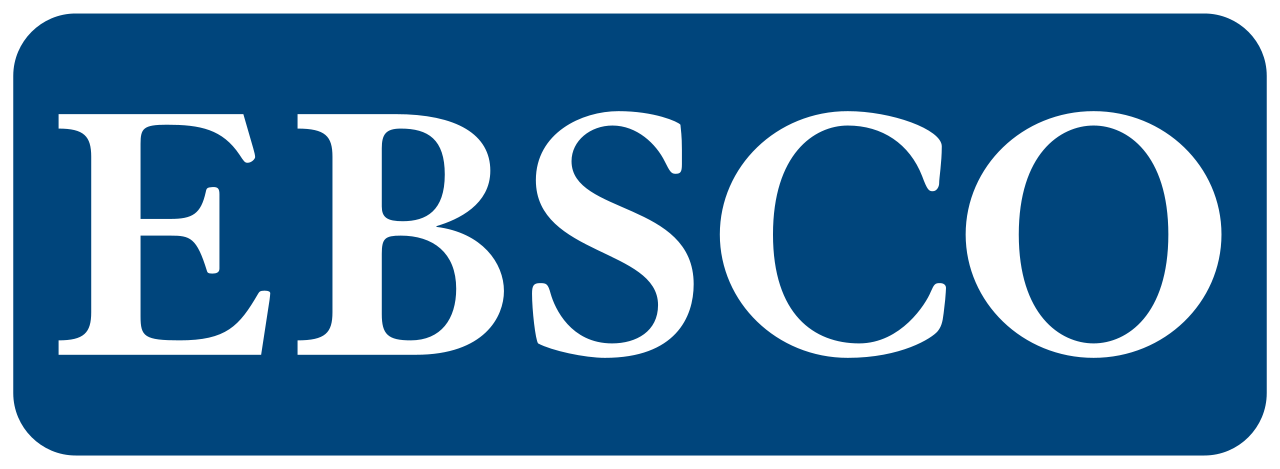Analysis of Fama and French 3-Factor Model Variables in the Formation of Expected Stock Returns (Issuers of Lq-45 Index Member Stocks for the Period 2020 – 2022)
DOI:
https://doi.org/10.57096/edunity.v2i7.122Keywords:
Fama and French Three Factor Model, Market return, SMB, HMLAbstract
Fama and French Three Factor Model is one of the models for calculating expected return on stock portfolios that can be used by investors. This model was developed by Eugene F. Fama and Kenneth R. French by adding two factors, namely company size (SMB), and company book value (HML) to the CAPM calculation model. The purpose of this study is to determine stock issuers that can provide high expected returns to investors, determine the overall influence and each variable in Fama and French Three Factor Model (market return, SMB, and HML) on the expected return of each portfolio used in this study consisting of 6 portfolios, namely Big High, Big Medium, Big Low, Small High, Small Medium, and Small Low, and to all 6 portfolios in 2020, 2021, and 2022 respectively.
This study used 28 selected stock issuers listed on the LQ-45 Index consecutively from 2020 - 2022 using the purposive sampling method from the period 2020 - 2022. The Multiple Linear Regression method is used to determine the level of influence of the whole and each independent variable on the dependent variable.
The results show that mining sector issuers are the issuers that provide the highest expected return to investors during the period 2020 - 2022. Based on the results of Linear Regression, there is a significant difference in results, between doing linear regression for each portfolio (Big High, Big Medium, Big Low, Small High, Small Medium, and Small Low) and doing linear regression on portfolios divided by observation year (2020, 2021, and 2022).
References
Al-Mwalla, Mona, 2012, Can Book-to-Market, Size and Momentum be Extra Risk Factors That Explain The S tocks Rate Of Return?: Evidence from Emerging Market, Journal of Finance, Accounting and Management, Vol.3, No.2: 42-57
Bodi, Z., Alex K., Alan J. M., and Ravi J. 2014. Investment:Asia Global Edition. Singapore: McGraw – Hill Education (Asia).
Chandra, Teddy. 2015. Testing Fama &; French Factor Model on Banking Companies in Indonesia Stock Exchange. MITTEILUNGEN KLOSTERNEUBURG, Vol. 65, Issue 12, pp: 2 - 15.
Endri, 2010, The Linkage of Emerging and Developed Stock Markets: Implications of International Portfolio Diversification, Journal of Business Economics, Vol.15, No.2
Eraslan, Veysel, 2013, Fama and French Three-Factor Model: Evidence from Istanbul Stock Exchange, Business and Economics Research Journal, Vol.4, No.2: 11-22
Fama, Eugene F. & Kenneth R. French. 1993. Common Risk Factors in the Returns on Stocks and Bonds. Journal of Financial Economics, 33, pp: 3 - 56.
Fawziah, Siti Apriani & Naning Margasari, M.Si., M.BA. 2016. The Effect of the Fama French Three Factor Model on Stock Returns. Indonesian Journal of Business Management, 5 (5), pp: 434 - 442.
Hanafi, M. Mamduh. 2020. Portfolio Theory &; Investment Analysis. Yogyakarta: Gadjah Mada University Press.
Hardianto, Damar &; Suherman. 2009. Fama Testing - French Three Factor Model in Indonesia. Journal of Finance and Banking, Vol. 13, No. 2, p: 198 - 208
Hartono, Jogiyanto.2016. Portfolio Theory and Investment Analysis Tenth Edition. Yogyakarta: BPFE-YOGYAKARTA.
Hendra, Raynaldi Kelata, et al. 2017. Analysis of the Effect of Fama And French Three Factor Model and Momentum on Return on Indonesia Stock Exchange for the 2010-2014 Period. Calyptra: University of Surabaya Student Scientific Journal Vol.6 No.1, pp: 688 - 706.
Irawan, R., and W.R. Murhadi, 2012, Analysis of the Effect of Three F actor Model and Percentage of Foreign Ownership on Return Rate in Indonesia Stock Exchange, Journal of Management & Business, Vol.11, No.2: 213-226
Siddiq, Muhammad Habib Nur, et al. 2020. Fama - French Three Factor Model: A Study on LQ 45 Companies In Indonesia Stock Exchange. IOSR Journal of Economics and Finance, Vol. 11, Issue 3, pp: 25 - 30.
Published
Versions
- 2023-07-25 (2)
- 2023-07-25 (1)
Issue
Section
License
Copyright (c) 2023 Harold Kevin Alfredo

This work is licensed under a Creative Commons Attribution-ShareAlike 4.0 International License.
Authors who publish with this journal agree to the following terms:
- Authors retain copyright and grant the journal right of first publication with the work simultaneously licensed under aCreative Commons Attribution-ShareAlike 4.0 International (CC-BY-SA). that allows others to share the work with an acknowledgement of the work's authorship and initial publication in this journal.
- Authors are able to enter into separate, additional contractual arrangements for the non-exclusive distribution of the journal's published version of the work (e.g., post it to an institutional repository or publish it in a book), with an acknowledgement of its initial publication in this journal.
- Authors are permitted and encouraged to post their work online (e.g., in institutional repositories or on their website) prior to and during the submission process, as it can lead to productive exchanges, as well as earlier and greater citation of published work.







